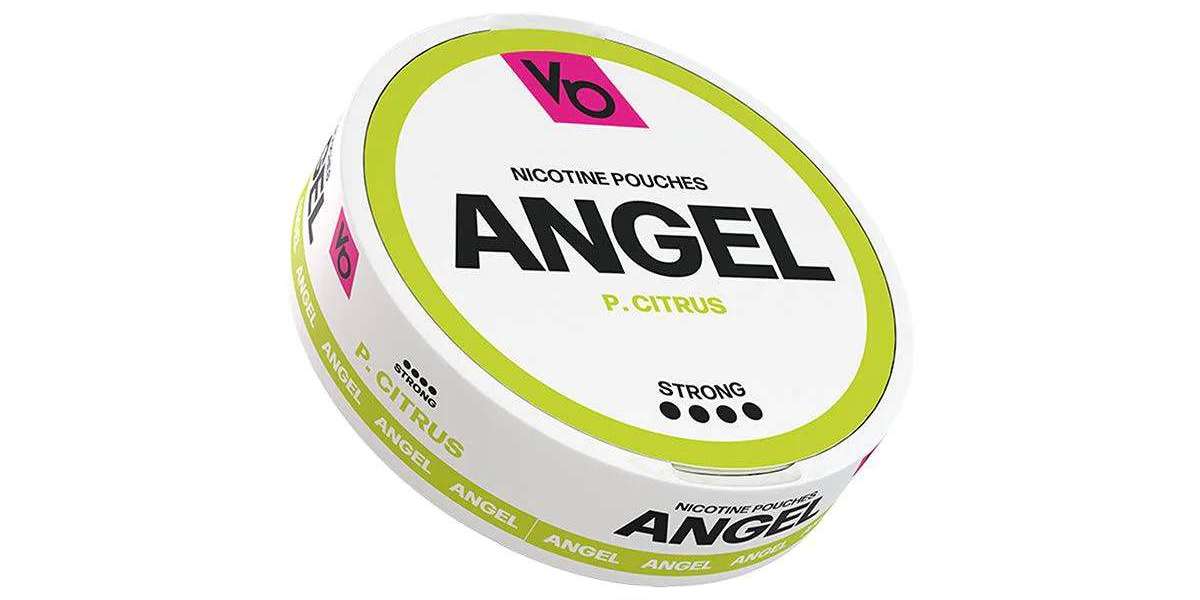The universal life insurance market is undergoing a significant transformation, driven by evolving consumer needs and preferences for more flexible, customizable insurance solutions. As consumers increasingly seek products that offer a blend of financial protection and wealth-building capabilities, insurers are responding by enhancing the customization and flexibility of their policies. This article explores the current trends in product customization and flexibility in the universal life insurance market and how insurers are adapting to meet the demands of modern consumers.
Rising Demand for Customization in Universal Life Insurance
Consumer Desire for Personalization
In today’s insurance landscape, one-size-fits-all products are becoming less popular. Consumers are seeking personalized life insurance policies that align with their specific financial goals, risk tolerance, and life stages. The need for flexible products that can adapt to changes in financial circumstances has driven insurers to offer more customizable options within universal life insurance (ULI).
Trend: Policyholders want control over various aspects of their universal life insurance policy, such as the premium amount, death benefit, and investment options.
Impact: Insurers are responding by introducing flexible premium structures, customizable death benefit options, and variable investment portfolios. This allows policyholders to tailor their policies to meet their changing needs over time, such as adjusting the policy to reflect career changes, family growth, or retirement planning.
Key Trends in Product Customization and Flexibility
1. Flexible Premium Payments
One of the most significant trends in universal life insurance is the flexibility around premium payments. Traditional life insurance policies typically require fixed premiums that must be paid regularly. However, with ULI policies, consumers can adjust the amount they pay based on their financial situation.
Trend: Flexible premium options allow policyholders to increase or decrease their premium payments, depending on their current financial circumstances. This flexibility is especially valuable during periods of financial uncertainty, such as economic downturns or personal financial struggles.
Impact: The ability to adjust premiums without losing coverage or accumulating debt offers policyholders greater control over their financial commitments. This adaptability is particularly appealing to individuals with fluctuating incomes or those who prioritize financial flexibility.
2. Adjustable Death Benefit
Universal life insurance is designed to provide both life coverage and the potential for cash value growth. One of the key features of ULI policies is the adjustable death benefit, which allows policyholders to modify their coverage as their needs evolve.
Trend: Insurers are increasingly offering adjustable death benefits that allow policyholders to change the amount of coverage they need over time. Policyholders can typically increase or decrease the death benefit to reflect changes in their life circumstances, such as having children, purchasing a home, or nearing retirement.
Impact: This customization ensures that policyholders can adjust their coverage as their financial responsibilities change, providing peace of mind and adequate protection. For example, young professionals may initially opt for lower coverage, which they can increase as their families grow and financial obligations increase.
3. Customizable Investment Options
A core feature of universal life insurance is its ability to build cash value, which can grow over time through investment in various assets, such as stocks, bonds, or money market funds. The ability to customize these investment options is a key trend in the ULI market.
Trend: Insurers are providing policyholders with more control over the investment options within their ULI policies. Consumers can select from a variety of portfolios that align with their risk tolerance, such as equity funds, bond funds, or index-linked funds.
Impact: This customization allows policyholders to align their life insurance investments with their broader financial goals. For example, risk-averse individuals may prefer more conservative bond-based funds, while those seeking higher growth may opt for equity-based portfolios. The ability to choose investment strategies adds a layer of financial personalization to ULI policies.
4. Flexibility in Policy Loans and Withdrawals
ULI policies not only offer flexibility in premiums and death benefits but also in how policyholders can access the cash value accumulated within their policies. Policy loans and withdrawals are important features that provide liquidity to policyholders in times of need.
Trend: Insurers are offering greater flexibility in how policyholders can take out loans or make withdrawals from their policy’s cash value. While loans are typically subject to interest, withdrawals allow policyholders to access the cash value without incurring debt.
Impact: This flexibility enables policyholders to use their life insurance as a financial tool for various purposes, such as funding education, purchasing a home, or supplementing retirement savings. Insurers are offering these options in a way that minimizes penalties and interest, further enhancing the attractiveness of ULI products.
5. Hybrid Policies and Riders for Enhanced Customization
Another trend gaining traction in the universal life insurance market is the introduction of hybrid policies and riders that allow consumers to further customize their coverage to meet their specific needs.
Trend: Hybrid life insurance policies, which combine life insurance with long-term care or critical illness coverage, are becoming increasingly popular. Additionally, riders such as accidental death benefits, waiver of premium, and terminal illness coverage allow policyholders to add extra layers of protection to their policy.
Impact: These options allow policyholders to create a more comprehensive insurance solution that addresses a wider range of needs. The ability to add specialized coverage to a universal life insurance policy enhances its appeal, especially for those looking for broader protection without having to purchase multiple policies.
6. Digital Platforms for Greater Flexibility
The rise of digital platforms is another important trend driving flexibility and customization in the universal life insurance market. Online tools and mobile apps are increasingly being used by insurers to give consumers more control over their policies.
Trend: Insurers are offering digital platforms that allow policyholders to manage their universal life insurance policies in real time. These platforms enable customers to adjust premiums, review investment performance, access policy documents, and track the growth of their cash value.
Impact: The convenience of managing policies online adds another layer of flexibility, making it easier for policyholders to make changes on the go. These digital solutions provide a seamless experience that aligns with the increasing preference for self-service and instant access to information.
Impact of Customization and Flexibility on Consumer Behavior
1. Increased Consumer Satisfaction
As consumers seek more control over their life insurance policies, the ability to customize coverage and investment options leads to higher satisfaction. When customers can tailor their policies to reflect their unique financial goals and lifestyle, they are more likely to feel confident in their insurance choices.
Trend: Consumers are increasingly drawn to policies that offer flexibility and personalization, which in turn boosts loyalty and reduces policy lapses.
Impact: Insurers offering customizable ULI products are seeing greater customer retention, as policyholders are more inclined to maintain coverage when it is aligned with their evolving needs and goals.
2. Attraction to Younger Demographics
The customization trends in universal life insurance are particularly appealing to younger consumers who are looking for flexible financial solutions. Younger policyholders, especially millennials and Gen Z, value products that provide both coverage and investment opportunities.
Trend: Younger consumers are gravitating toward policies that offer low premiums with the ability to increase coverage and investments as their careers progress and families grow.
Impact: Insurers are targeting these demographics with products that offer greater flexibility and customization, allowing them to engage with younger generations and build long-term relationships from an early stage.
Challenges and Opportunities for Insurers
Challenges
While product customization and flexibility offer significant advantages, they also present challenges for insurers. The complexity of offering tailored solutions can lead to higher administrative costs and the need for more sophisticated technology platforms to manage customized policies.
Trend: Insurers need to invest in advanced technology to manage the increased complexity of flexible products, as well as in trained agents to guide customers through the customization process.
Impact: Insurers who fail to invest in the right technology or training may struggle to keep up with competitors who offer more sophisticated solutions.
Opportunities
The demand for customization and flexibility presents numerous opportunities for insurers to differentiate themselves in a competitive market. By offering more personalized solutions, insurers can attract a wider range of customers and increase customer loyalty.
Trend: Insurers that embrace technology, provide clear communication, and focus on delivering value-added, flexible policies will be well-positioned to capitalize on these trends.
Impact: Offering customizable, flexible universal life insurance products allows insurers to build stronger relationships with customers, improve satisfaction, and expand their market share.
Conclusion
The universal life insurance market is being reshaped by the growing demand for customization and flexibility. As consumers seek insurance products that can adapt to their changing financial needs, insurers are responding with more personalized, flexible policies that offer a combination of life protection and wealth-building potential.








